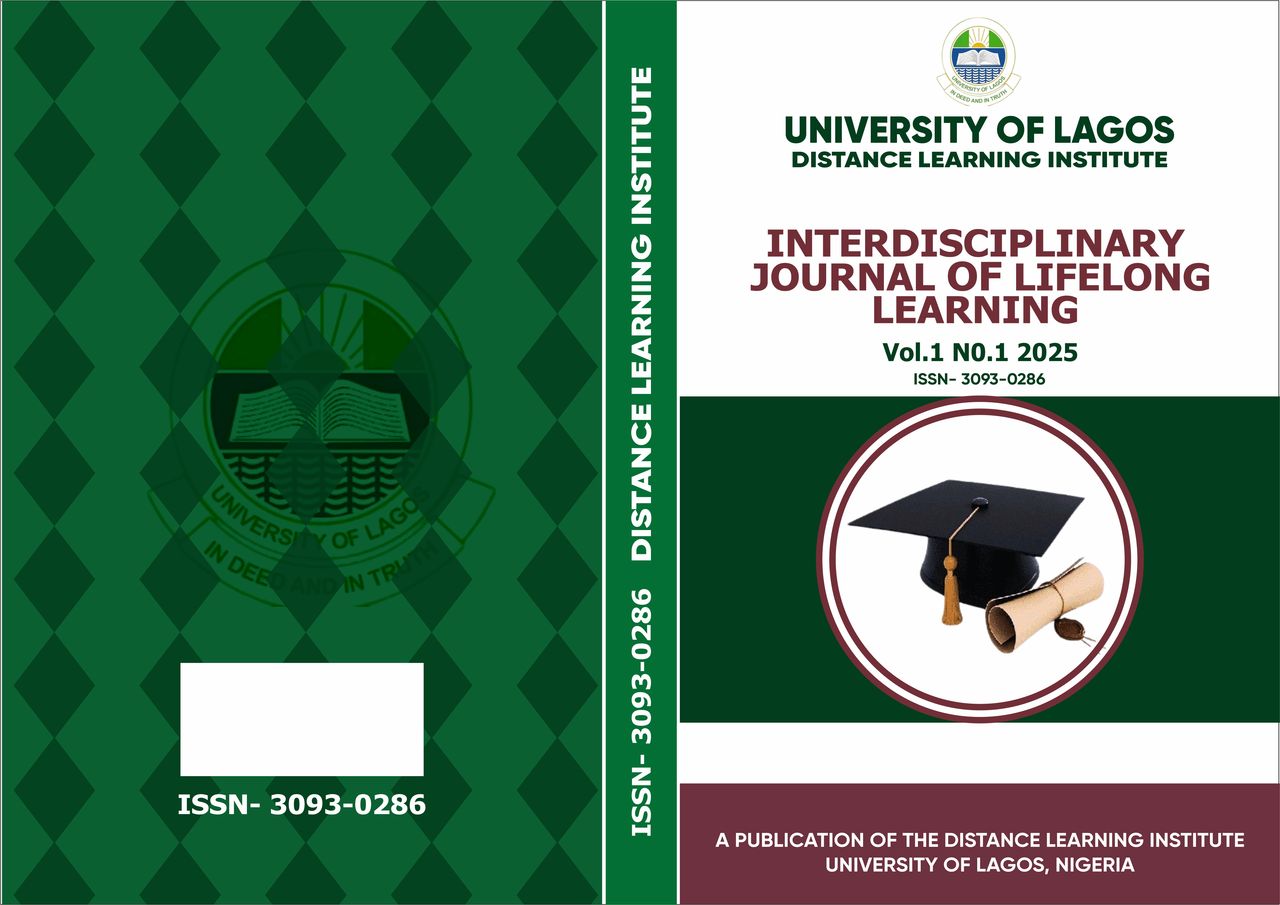Assessment of the Availability of Community Resources for Teaching Trade Subjects in Education District I of Lagos State: Implications for Institutional Management
Abstract
The study assessed the availability of community resources for teaching Trade Subjects in Education District I of Lagos State. A descriptive survey research design was used. The population of the study was the 41 public senior secondary schools in Education District I of Lagos State. Purposive sampling was used to select 21 principals of the 21 sampled schools, which represents 50% of the 41 schools, selected using simple random sampling technique. A researcher designed questionnaire tagged “Assessment of the Availability of Community Resources for Teaching Trade Subjects Questionnaire” (AACRTTSQ) was used to collect data from principals. The data collected for this study were analysed using frequency and percentage counts. The results showed that workshops and resource persons are available for Welding and Fabrication Engineering Craft Practice, Electrical Installation and Maintenance Work, Block Laying, Brick Laying and Concrete Work, Carpentry and Joinery, Upholstery, Catering Craft Practice, Garment Making, Clothing and Textiles, Dyeing and Bleaching, Cosmetology, Photography, Data Processing, GSM Maintenance and Repairs and Marketing in their immediate community. Based on the findings, it was recommended among others, that schools should partner with the community in order to engage artisans and craftsmen as resource person; Also, schools should engage the community in order to explore and have access to workspaces and workshops available within the community

